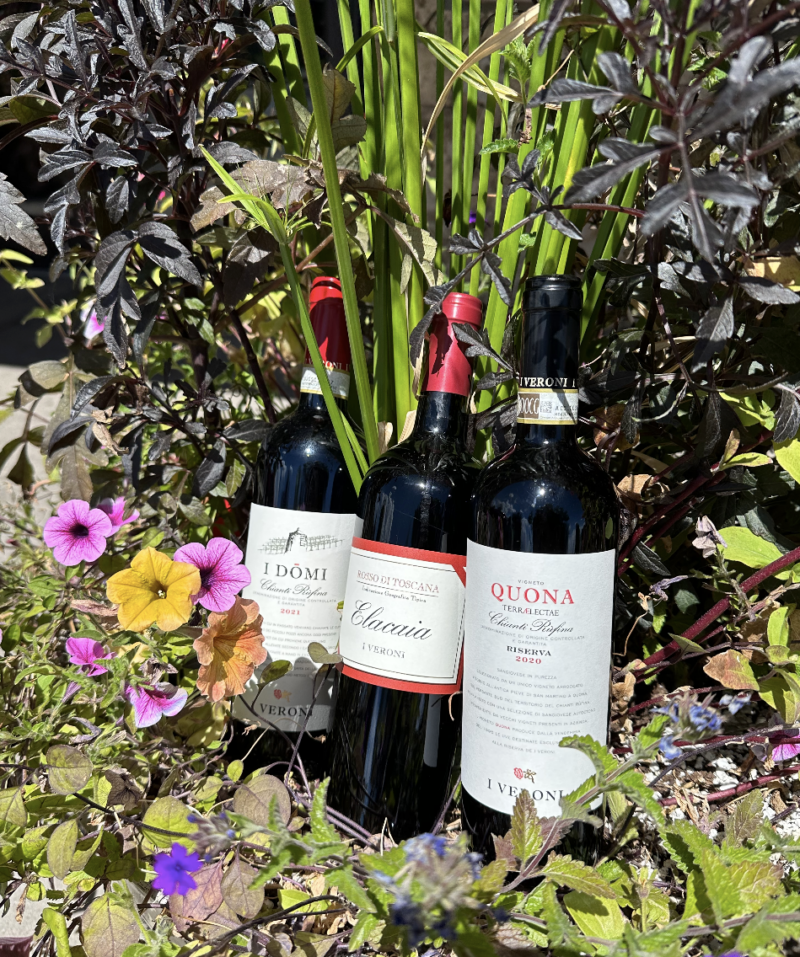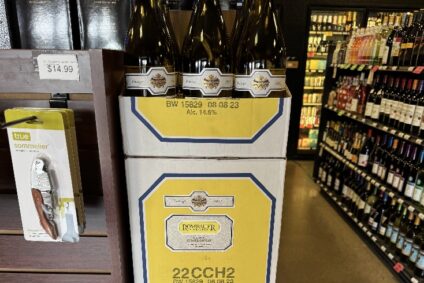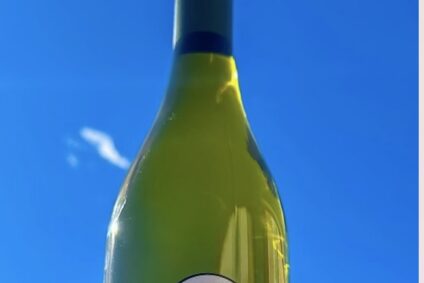Understanding Wine Labels: An Easy-to-Read Guide to Wine Terminology

You’re not alone if you’ve ever stood in front of a wall of wine and squinted at the labels as though they were written in code. Some wine labels contain technical jargon that sounds more appropriate for a secret society than a bottle of wine! Do not be alarmed, fellow wine lovers! Our goal is to make you an expert at reading wine labels by demystifying their mysterious language. Let’s dive into it
Gran Reserva, Reserva, and the Aging Process
First, let us discuss the potential for aging. Terms like “Reserva” or “Gran Reserva” on a bottle are signs of aging rather than the winemaker bragging about their thesaurus. For example, a “Reserva” wine from Spain indicates a deeper, more complex flavor because it has been aged for a certain amount of time. The “Gran Reserva” ups the ante, implying even longer time in the cellar.
Terroir: A Place’s Taste
Have you ever heard someone discuss a wine’s “terroir” with such passion that you assumed they were referring to a hidden component? Nope, they’re just enjoying the local flavor that the grapes were grown in. The soil, climate, and geography that combine to give a wine its distinct character are all encompassed by terroir. Imagine it like the character of the wine, shaped by its origins.
Comparing the Old and New Worlds: Beyond Simple Geography
Labels frequently use phrases like “Old World” and “New World.” It is a style guide rather than a geography lesson. Old World (think Europe) wines are typically thought of as having an earthy, elegant, and traditional flavor profile. Australia, the Americas, and other New World countries produce bolder, fruitier wines that use a more contemporary style of winemaking.
Organic and Biodynamic: Positive Energy, Green Labels
“Biodynamic” and “Organic” are not just catchphrases used in marketing. Natural and sustainable winemaking methods are used in the production of these wines. Going one step further, biodynamic farming aligns vineyard operations with lunar cycles. Hence, by selecting these wines, you’re doing more than just enjoying a drink; you’re encouraging environmentally friendly winemaking practices.
The Varietals vs. Blends Debate
Understanding the distinction between varietals and blends is similar to recognizing the difference between a solo act and a potluck. Wines made from a single grape variety are known as varietals, such as Cabernet Sauvignon. Conversely, blends are a symphony of various grape varietals in a single bottle. Each has its own charm, and which you prefer will depend on the mood of your taste buds.
This concludes your crash course in wine label jargon! With your newfound understanding, you’ll be able to interpret those labels like an experienced consumer the next time you’re in the wine section. Now take out your corkscrew, pop the bottle, and enjoy the wine along with the tales that are subtly conveyed through the language of labels. Let’s toast to unraveling, sipping, and relishing the realm of wine! 🍷

